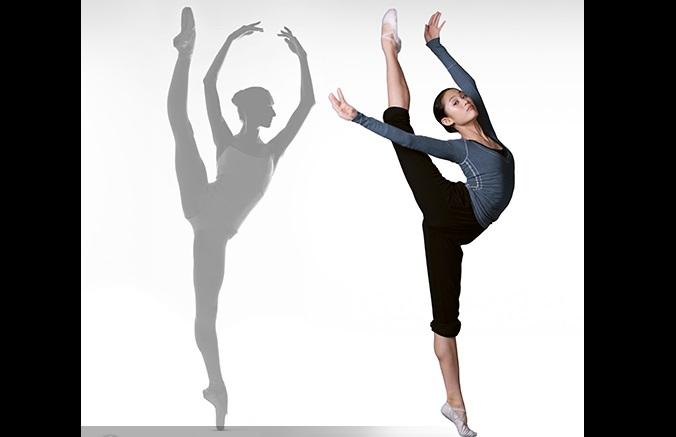One of my earliest memories of classical dance was watching Mikhail Baryshnikov in “White Nights” brazenly win a bet with 11 consecutive pirouettes. The raw beauty and heroism of the moment stayed with me. But nothing compared to what I witnessed in New York for my first glimpse of classical Chinese dance.
I sat in silence, captivated like those around me, enjoying a private showing of Shen Yun. One dance portrayed the legendary general Yue Fei, whose mother famously tattooed the words on his back, “jin zhong bao guo”—“Be totally devoted to your country.”
As war drums resounded, dancers leapt through the air, opening my heart, drawing tears from my eyes—so touching and real, it was as if I could sense the general himself.
As I continued to watch, I noticed many core differences between the two art forms of Western ballet and classical Chinese dance—some physical, some not.
Two Hemispheres
To begin to understand the differences between ballet and classical Chinese dance, we can look to Western and Asian art. The West’s golden age, the Renaissance, created masterpieces in flawless form—detailed, realistic works of art. The Sistine Chapel is so lifelike it could very well be a window to Heaven.
Ballet is like this too, precise and athletic—pursuit of perfection in external form.
A Chinese painting, on the other hand, embodies sweeping, less realistic brushstrokes, more revealing of an inner journey, symbolic of divine sentiments. Likewise, a performer’s inner nature is the starting point of classical Chinese dance—called bearing—the root of a dancer’s physical and emotional expression, often to convey divinity through dance.



